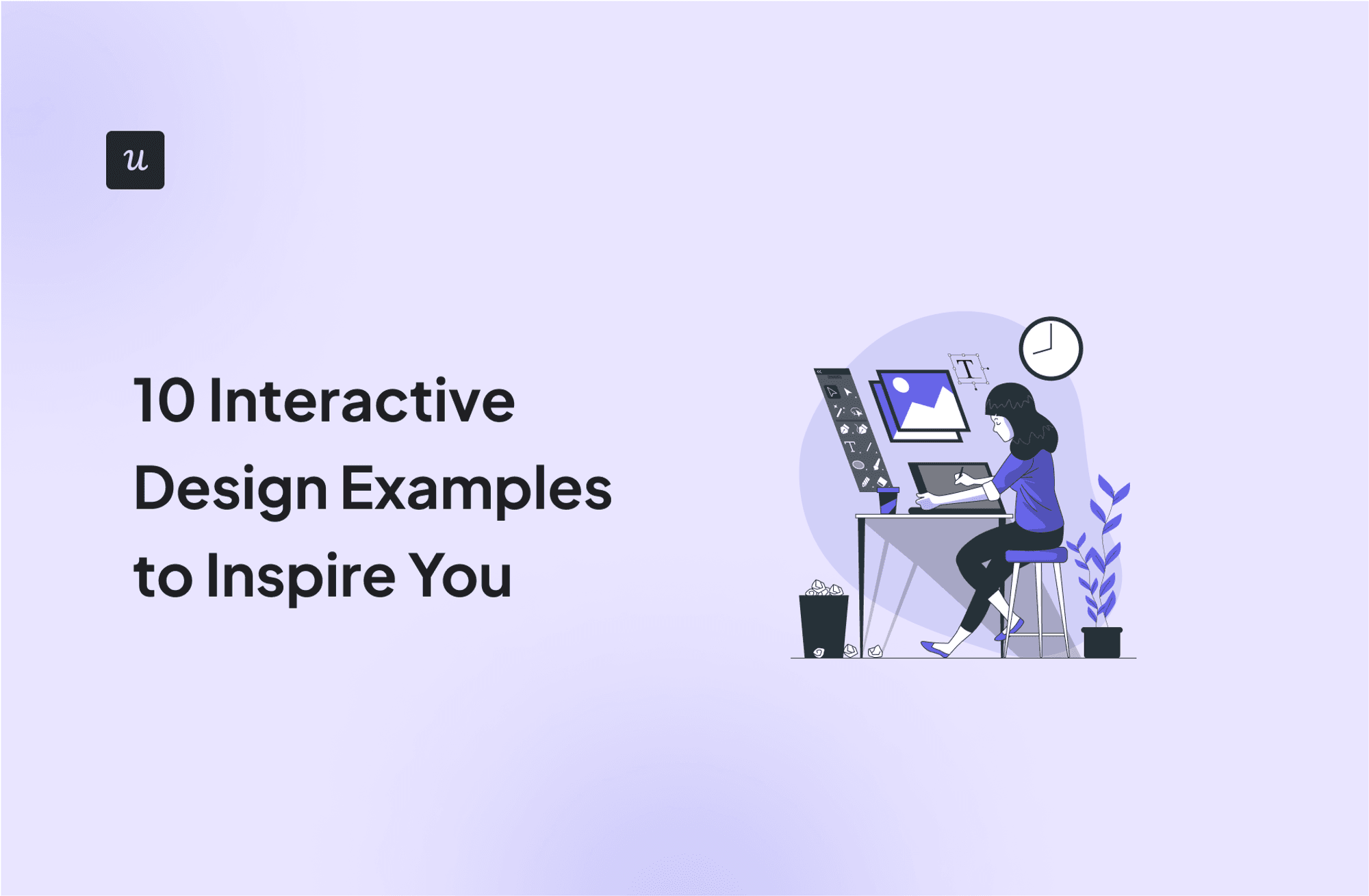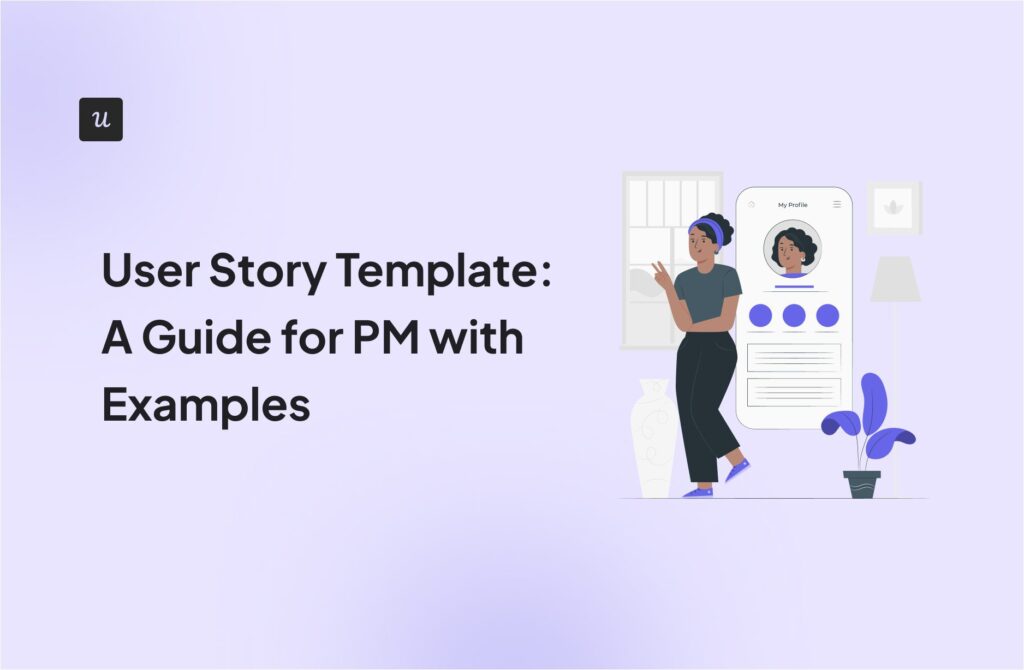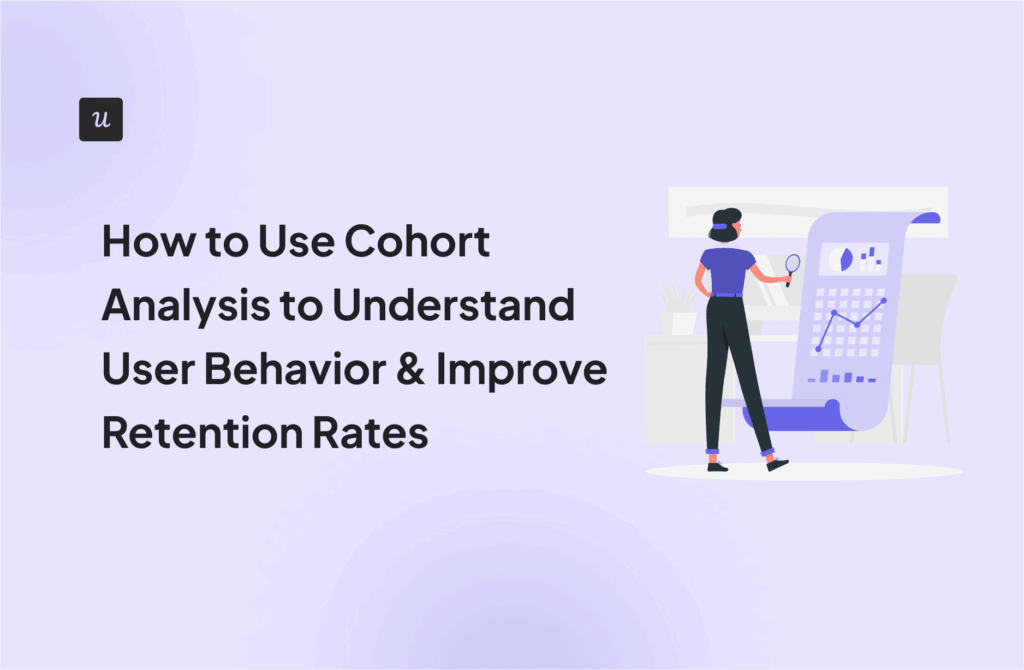
Looking for interaction design examples to spark your creativity?
In this article, we’ll explore ten exceptional examples spanning various industries and platforms.
Each example will showcase the smart ways interaction designers are pushing the boundaries of user interaction and the lessons that can help you deliver engaging user experiences.
Try Userpilot Now
See Why 1,000+ Teams Choose Userpilot

Summary of interactive design examples
- Interaction design is the practice of crafting engaging and intuitive interfaces for digital products and services. Common examples of interaction UX design include dynamic search page star elements in mobile apps, content animation, in-app gamification, etc.
- 5 dimensions of design every interaction designer should know (interaction design academic Gillian Crampton Smith introduced the first four. Senior interaction designer Kevin Silver added the fifth).
- 1D: Words.
- 2D: Visual representations.
- 3D: Physical objects or space.
- 4D: Time.
- 5D: Behavior.
10 great interaction design examples to inspire you:
- Mixpanel promotes meaningful interactions through empty states.
- Userpilot uses progressive disclosure to avoid overwhelming users.
- Asana makes user interactions fun with gamification.
- Cognito simplifies the user experience with animation.
- Airbnb’s virtual tours bridge the gap between virtual and reality.
- Spotify’s color palette for different user interfaces.
- LinkedIn promotes cross-platform consistency (the mobile app design mirrors the web version).
- Dribble even uses error messages to show brand personality.
- Revolut offers extensive interface customization options.
- Twitter incorporates accessibility into its UX design.
Userpilot helps product teams understand user behavior and trigger experiences to boost in-app engagement. Get started today!
What is interaction design?
Interaction design is the practice of crafting engaging and intuitive interfaces for digital products and services.
It revolves around understanding user behavior and expectations to create meaningful interactions.
Which area of your product’s interaction design needs the most improvement?
Understanding this helps us point you to the right interactive design examples.
Which interactive design technique are you most interested in implementing?
Many of the best interactive design examples focus on one key area.
What’s the primary goal of improving your interactive design?
This will help you measure the success of your new interactive design.
Ready to build better interactive experiences, code-free?
Based on your answers, you’re ready to move beyond just looking at interactive design examples and start building your own. Userpilot helps product teams build, test, and measure in-app experiences to boost engagement and user activation.
What are the 5 dimensions of interaction design?
The five dimensions of interaction design, as defined by Gillian Crampton Smith and Kevin Silver, are words, visuals, physical objects, time, and behavior.
- 1D: Words: Words are the foundation of communication and meaning in interaction design. They include labels, instructions, button text, and other textual content. Well-chosen words guide users, provide clarity, and create a sense of personality for the product.
- 2D: Visual representations: Visual elements complement words and enhance the user interface. This dimension includes typography, icons, illustrations, images, and overall layout. Visuals can communicate information quickly, evoke emotions, and create an appealing user experience.
- 3D: Physical objects or space: This dimension encompasses the physical hardware and environment that the user interacts with. It includes keyboards, mice, touchscreens, mobile devices, and the spatial layout of the interface itself.
- 4D: Time: This dimension involves animation, transitions, sound, video, and the pacing of feedback. Time-based elements create a sense of responsiveness, convey information, and engage users.
- 5D: Behavior: Behavior involves the actions and reactions of both the user and the system. It covers how the previous dimensions define user interactions, the feedback users receive, and how the product responds to inputs. Effective behavior design ensures that interactions are meaningful, predictable, and satisfying.
10 great interactive design examples to inspire you
Now that you’ve understood the key components, let’s go over some real-life examples of interaction design.
1. Mixpanel promotes meaningful interactions through empty states
Empty states confuse users and leave them stranded, especially for complex analytics tools like Mixpanel.
To provide a smoother landing, Mixpanel populates its empty state with demo content and invites users to explore the product.
This approach makes it easy for users to visualize what the platform will be like when they import their data and begin analyzing it.

2. Userpilot uses progressive disclosure to avoid overwhelming users
Progressive disclosure is an interaction design technique that involves revealing information to users gradually rather than overloading them with everything at once.
Userpilot uses this technique for effective onboarding. For example, notice how the in-app guidance below shows one piece of information at a time, moving to the next only after the user demonstrates they understood the point.

3. Asana makes user interactions fun with gamification
When users complete onboarding tasks, Asana rewards them with delightful animations flying across the screen.
Each animation is different, creating a sense of gamification as users will want to quickly finish their tasks and see what will appear next.
Each completed task is ticked with a checkmark, providing a clear visual indicator of progress that motivates users to complete the onboarding process.

4. Cognito simplifies the user experience with animations
Cognito leverages animations to enhance the user experience by visually demonstrating its identity verification process.
The animated icons surrounding the central user image represent different aspects of the verification process, such as document verification, facial recognition, phone verification, and fraud detection.
These animations help potential customers understand Cognito’s services in a more intuitive and engaging way compared to static text or images.

5. Airbnb’s virtual tours bridge the gap between virtual and reality
Airbnb enhances the online booking experience by offering immersive 360° virtual tours. This allows potential guests to virtually “walk through” properties, providing a realistic sense of the space and ambiance before booking.
The interactive elements, such as navigation controls and information overlays, further enhance the experience, bridging the gap between the virtual and physical worlds.
By allowing potential guests to explore spaces virtually, Airbnb builds trust and reduces the risk of disappointment upon arrival.

6. Spotify’s color palette for different user interfaces
Spotify uses a distinct color palette to differentiate various sections of its user interface, making navigation intuitive and visually appealing.
The platform’s thoughtful use of color isn’t just about aesthetics; it’s a strategic tool for user engagement. By associating specific colors with different moods and activities (e.g., calming blue for favorite artists, energetic red for discovery), Spotify creates a more intuitive and emotionally resonant experience.
Something else to note: regardless of the section color, Spotify maintains consistent green play and shuffle buttons, ensuring users can easily identify and interact with playback controls.

7. LinkedIn promotes cross-platform consistency
LinkedIn uses a consistent color scheme, typography, and iconography across all platforms to maintain optimal user experience. The blue and white color palette, along with familiar icons, ensures that users can easily recognize and navigate the interface, regardless of the device they are using.
In addition, the layout of profiles, feeds, and menus remains consistent across the web and mobile versions. This uniformity means that users can switch between devices without having to relearn the interface.
8. Dribble uses even error messages to show brand personality
The animation below is a good interactive design example of how to creatively address potential frustration.
Instead of a standard 404 error page, Dribbble displays an engaging and visually appealing screen. The page features an interactive display of popular designs, making the user experience enjoyable rather than annoying.
The text “Whoops, that page is gone” is friendly and informal, which aligns with Dribbble’s creative community. In addition, the color slider at the bottom allows users to change the color theme of the displayed designs.
This interactive feature not only entertains users but also encourages them to engage with the platform’s content.

9. Revolut offers extensive interface customization options
Revolut gives users complete control over their experience—they are their own designers and can tailor the app according to their preferences.
For example, users can choose different widgets on the home page to show information that is important to them. This UX design approach enhances user engagement and satisfaction by catering to individual preferences and needs.

10. Twitter incorporates accessibility into its UX design
Accessibility is one of the core principles of interaction design, and Twitter uses it well. Recognizing that not all users speak English, the platform allows users to choose their own language, demonstrating a commitment to inclusivity.
The UI uses simple toggle switches to select languages, making it easy for users to customize their settings without any complexity. Also, using high contrast between text and background (white text on a black background) improves readability for users with visual impairments.

Conclusion
Most interaction designers handle mobile app design and design for websites or web apps, but the core principles remain the same: conduct in-depth user research and find the best ways to provide a seamless experience.
Hopefully, the interaction design examples in this article gave you fresh insights and motivation to create yours.
Ready to get started? Userpilot can help! Book a demo call with our team to discuss your needs and see how Userpilot can help you understand users better and deploy experiences they will love.






